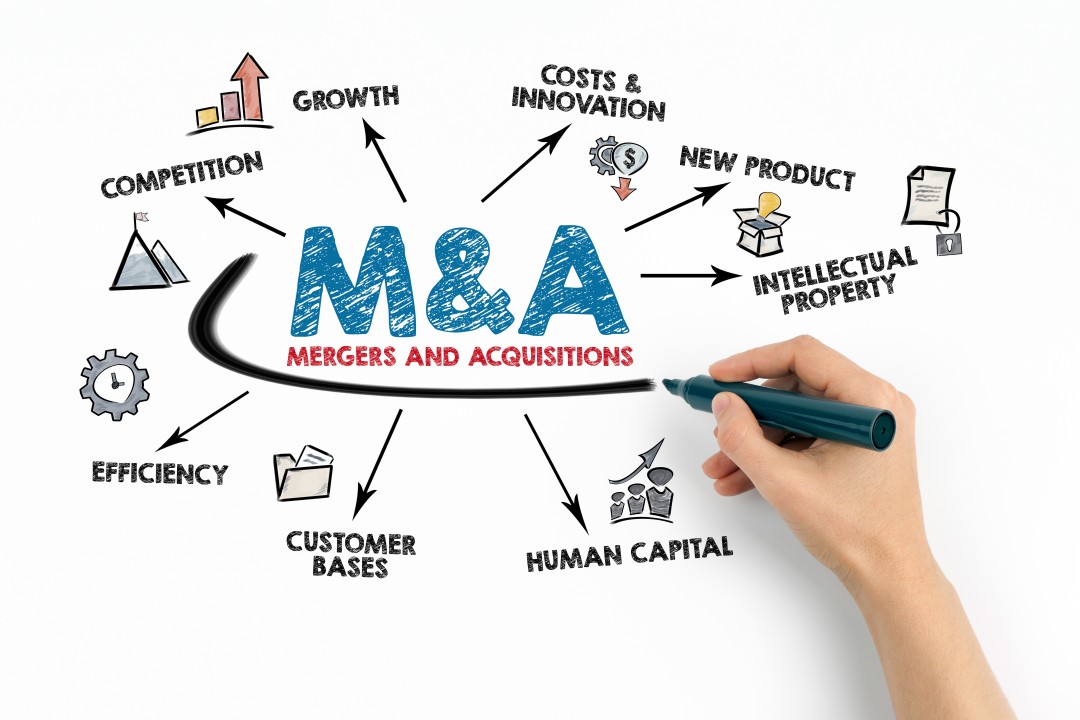Mergers and acquisitions (M&A) are transactions in which the ownership of companies or their operating units, including the associated assets and liabilities, tends to get transferred to another entity. Earlier, Anand Jayapalan had spoken about how a merger involves the consolidation of two entities into one, while an acquisition occurs when one company takes over ownership of another. M&A allows companies to effectively grow or downsize as well as adjust to their competitive position.
Even if it is common to use the two terms interchangeably, one must understand that specific situations are mergers and others are acquisitions, depending on the terms of the business deal. The difference usually presents itself in the manner in which the shareholders, board of directors and employees of a company learn of the merger or acquisition. Several merger and acquisition situations can also be mutually beneficial and help companies to grow their presence and expand their reach.
Here are the key differences between mergers and acquisitions:
- Business name: The company acquiring the other enterprise generally maintains its business name, legal structure and operations in case of an acquisition. On the other hand, in merger situations, enterprises involved can select a new name that reflects the vision of the new, joined company better. They may even opt to use one of the existing company names in order to maintain brand awareness and loyalty.
- Legality: The enterprise acquired by another basically ceases to exist under its previous name and as its own legal entity, from the legal standpoint. It is absorbed by the acquiring company. If the acquired company sold or traded stock, the stock would also be owned and managed by the acquiring company.
Merging companies or acquiring another company may come with a number of benefits, including:
- Improved economic scale: The larger company or the one that has joined forces with another enterprise generally has higher requirements in terms of supplies and materials. By buying the raw materials and/or supplies needed at higher volumes, businesses would be able to improve their scale by incurring lower expenses. This can also prove to be advantageous to the consumers, as the company can potentially pass on those lower expenses onto them.
- Lower labour costs: A merger or acquisition may eventually result in multiple staff members doing the same job at every individual enterprise. Businesses can lower their overall labour costs, while maintaining a strong and effective workforce, by choosing to come together and eliminate extraneous staff. Companies involved in the M&A may review the performance of employees in similar roles and ultimately select the best possible talent for every position in the new enterprise.
Earlier, Anand Jayapalan has spoken about how when two enterprises that operate in the same industry or provide similar goods or services come together, the newly formed business can enjoy a greater market share. It is able to tap into the sources that the two enterprises bring to the business deal. This can invariably help companies to offer more products to consumers, and help a brand gain better recognition regarding the type of product.








